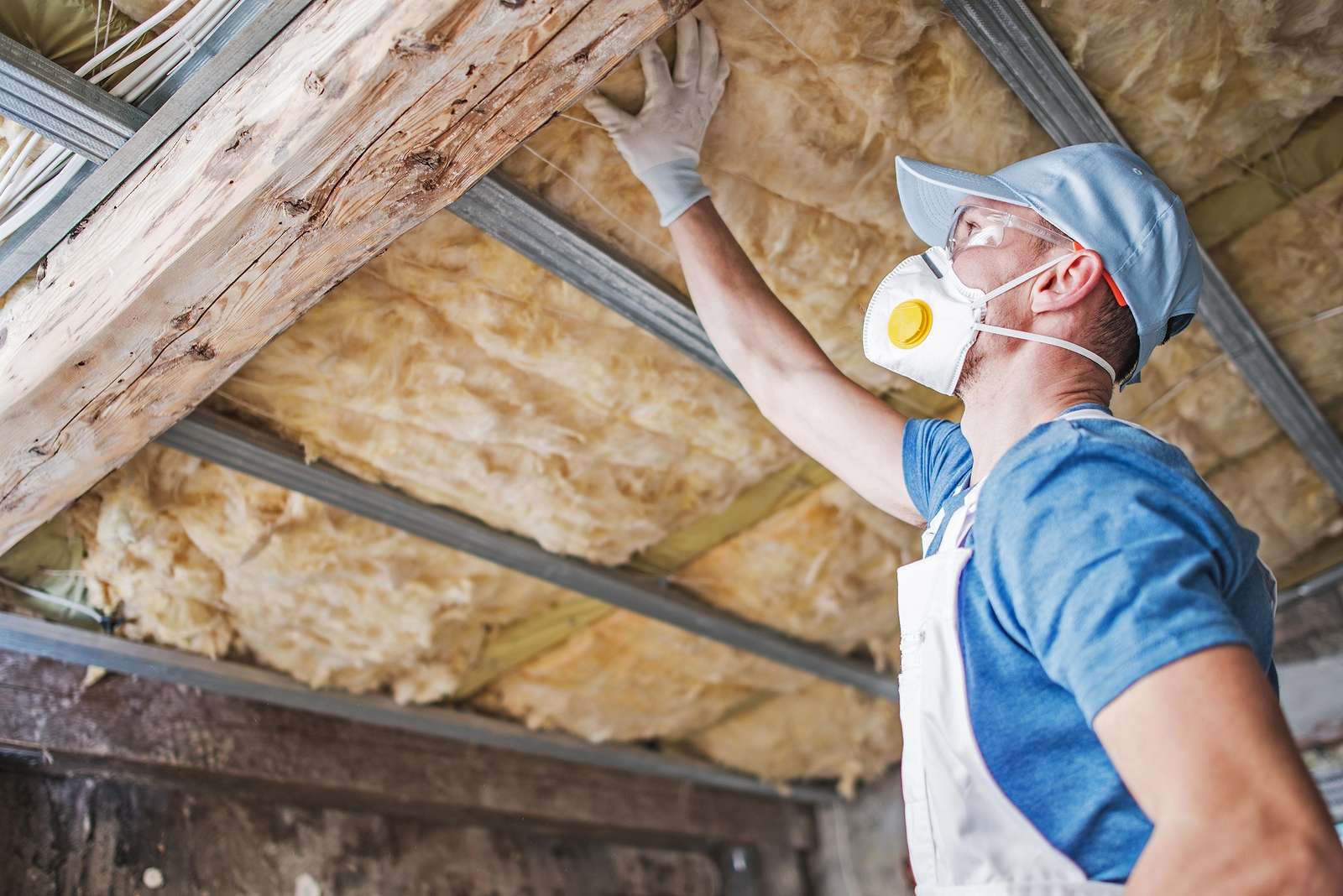The health of your home is largely dependent on unseen spaces like the crawl space. Many homeowners overlook this vital area, which can lead to the growth and spread of mold. Understanding the causes of crawl space mold is crucial for maintaining a healthy living environment.
Crawl spaces often provide the perfect setting for mold to thrive due to their dark, damp, and isolated nature. In this in-depth article, we will explore the causes of crawl space mold while offering practical solutions to prevent this common household issue.

Understanding Crawl Space Mold
Mold in crawl spaces is a frequent concern for homeowners. The growth of mold in these areas poses serious risks to indoor air quality and can lead to structural damage. Mold spores, tiny airborne particles, can easily migrate from crawl spaces to living areas, affecting the health of residents.
Identifying the causes of crawl space mold is an essential first step toward prevention and remediation. Due to limited visibility, many homeowners fail to notice the issue until it becomes severe.
1. High Humidity Levels
High humidity is a common culprit for mold development in crawl spaces. This area of the home is often isolated, which means airflow is restricted. When combined with moisture, it creates the ideal breeding ground for mold. Using a dehumidifier can help manage humidity levels effectively.
2. Poor Ventilation
Lack of ventilation in crawl spaces exacerbates the moisture problem. Proper ventilation ensures that air circulates, reducing the chances of mold growth. Install vents or fans designed to improve air circulation and keep your crawl space dry.
3. Water Leaks
Another major cause of crawl space mold is water leakage. This can come from a variety of sources, including plumbing leaks, flooding, or even groundwater seepage. Regular inspections can help detect these leaks before they contribute to mold growth.
4. Inadequate Insulation
Poor insulation can lead to temperature imbalances, encouraging condensation and mold growth. Choosing the right insulation can make a significant difference. Discover the differences between blown-in vs batt insulation to ensure effective moisture control in your crawl space.
The Impact of Crawl Space Mold
Mold in crawl spaces can have far-reaching impacts on your home and health. It can damage wooden structures, leading to costly repairs, and negatively affect indoor air quality, posing health risks for the occupants.
Health Risks
Exposure to mold can cause respiratory problems, allergic reactions, and other health issues. Mold spores from crawl spaces can spread throughout the house, impacting even those who spend little time in the affected area.
Structural Damage
Mold can deteriorate wood and other materials in your crawl space, leading to structural issues. These damages can compromise the integrity of your home and result in substantial financial costs if left untreated.
Preventing Crawl Space Mold
Prevention is key when it comes to managing crawl space mold. Implementing strategies to manage moisture and improve air circulation is essential. Here are some effective ways to prevent mold growth:
1. Seal Your Crawl Space
Sealing your crawl space helps control moisture levels and protect against mold. Learn about the benefits and processes involved by exploring when it may be necessary to seal a crawl space.
2. Regular Inspection and Maintenance
Conducting routine inspections can help detect mold early, preventing larger infestations. Utilize a comprehensive crawl space inspection checklist to ensure all areas are thoroughly examined for potential issues.
3. Improve Ventilation
Ensuring proper ventilation is vital for reducing humidity levels. Consider installing vents or an HVAC system that includes moisture control settings to provide adequate airflow.
4. Utilize Dehumidifiers
Employing dehumidifiers in crawl spaces can effectively manage humidity levels. Dehumidifiers help remove excess moisture from the air, a critical factor in preventing mold.
5. Professional Remediation
In cases of severe mold infestations, seeking professional assistance is advisable. Mold remediation experts possess the tools and expertise to thoroughly remove existing mold and prevent future occurrences.
Related Issues from Attics
It’s essential to recognize that other areas connected to your home, like attics, can also contribute to mold issues. Understanding the causes of attic condensation and the appropriate solutions can prevent related moisture problems.
Insulation Techniques
Implementing proper insulation techniques not only aids in moisture control but also improves energy efficiency. Each insulation type offers distinct benefits, and selecting the right one can make a significant difference.
Conclusion
Identifying and addressing the causes of crawl space mold is essential for protecting your home and health. By understanding the key factors involved and implementing effective prevention methods, you can safeguard your living environment from the hidden dangers of mold. With the right approach, it’s possible to maintain a mold-free crawl space for many years to come.

FAQ
What are the main causes of mold in crawl spaces?
Crawl space mold is often caused by high humidity, poor ventilation, water leaks, and inadequate insulation.
How can I prevent mold from growing in my crawl space?
Prevent mold by sealing the crawl space, improving ventilation, using dehumidifiers, and conducting regular inspections.
Should I seal my crawl space?
Sealing your crawl space can help manage humidity levels and prevent mold growth, but it’s best to assess your specific situation or consult a professional.
This article contains affiliate links. We may earn a commission at no extra cost to you.






